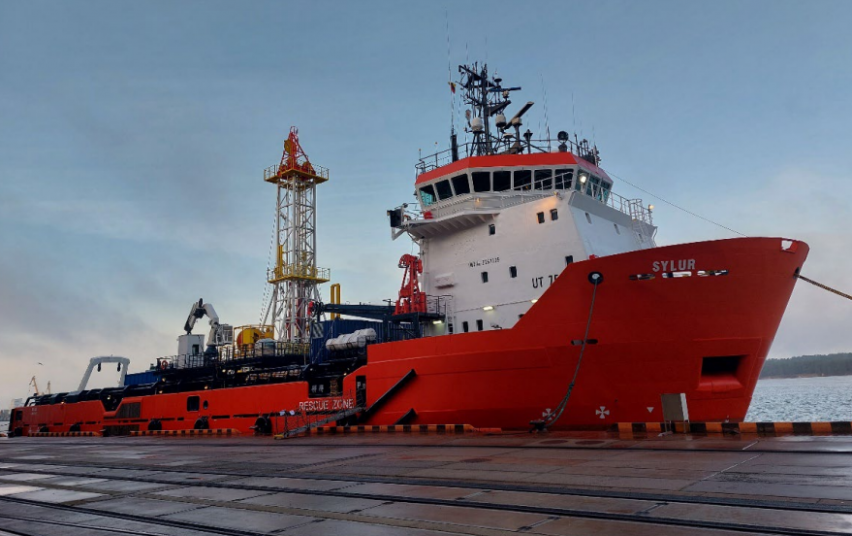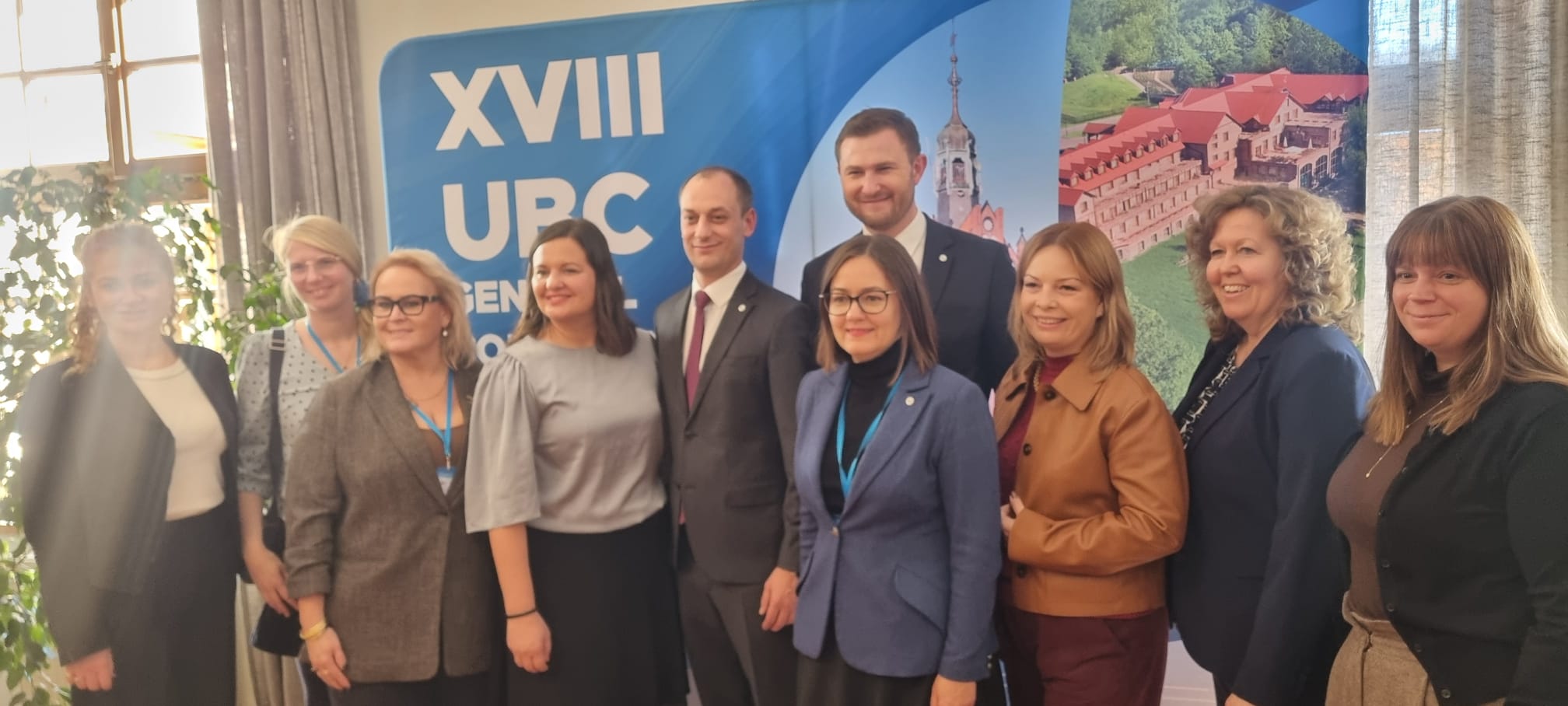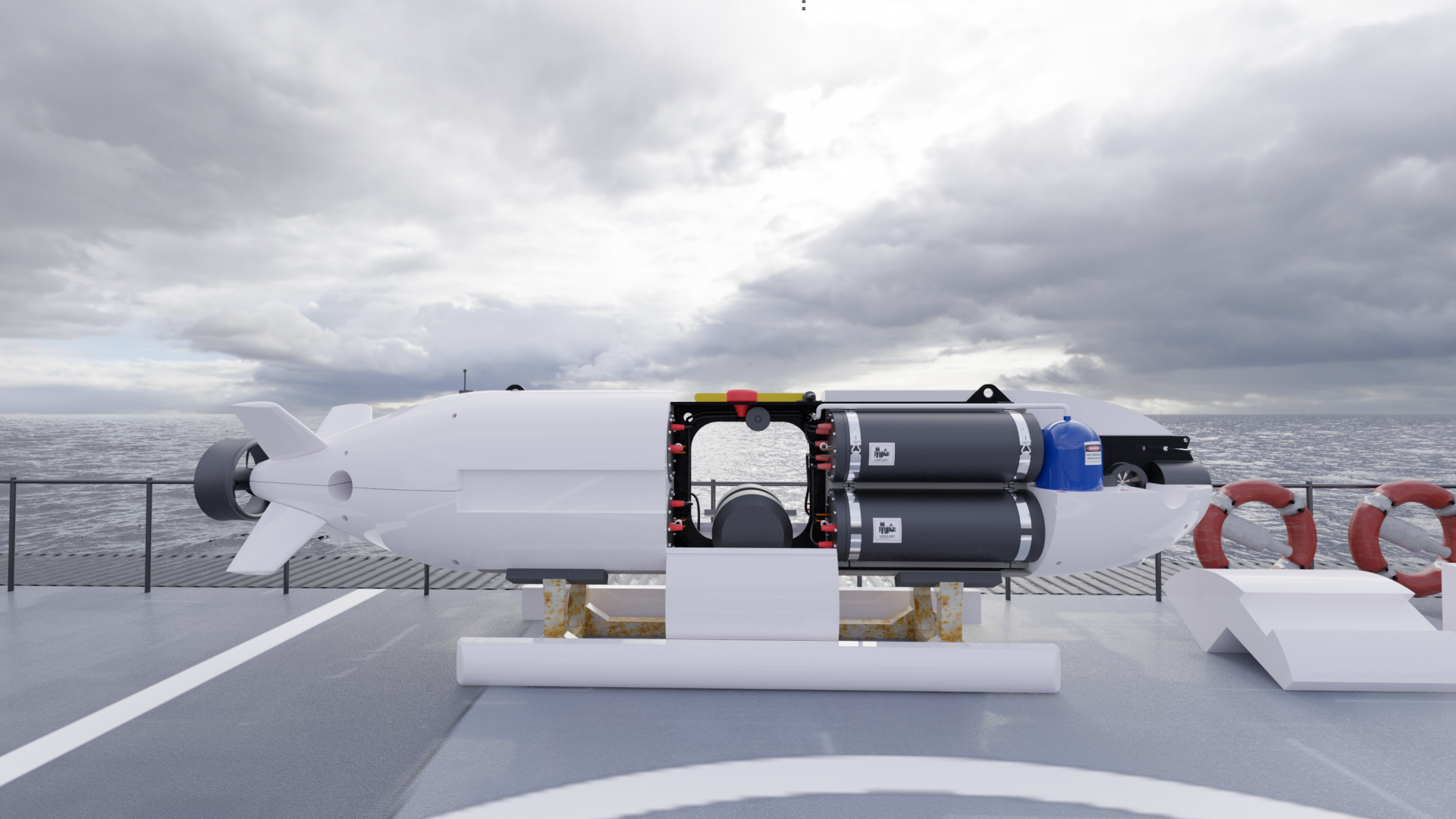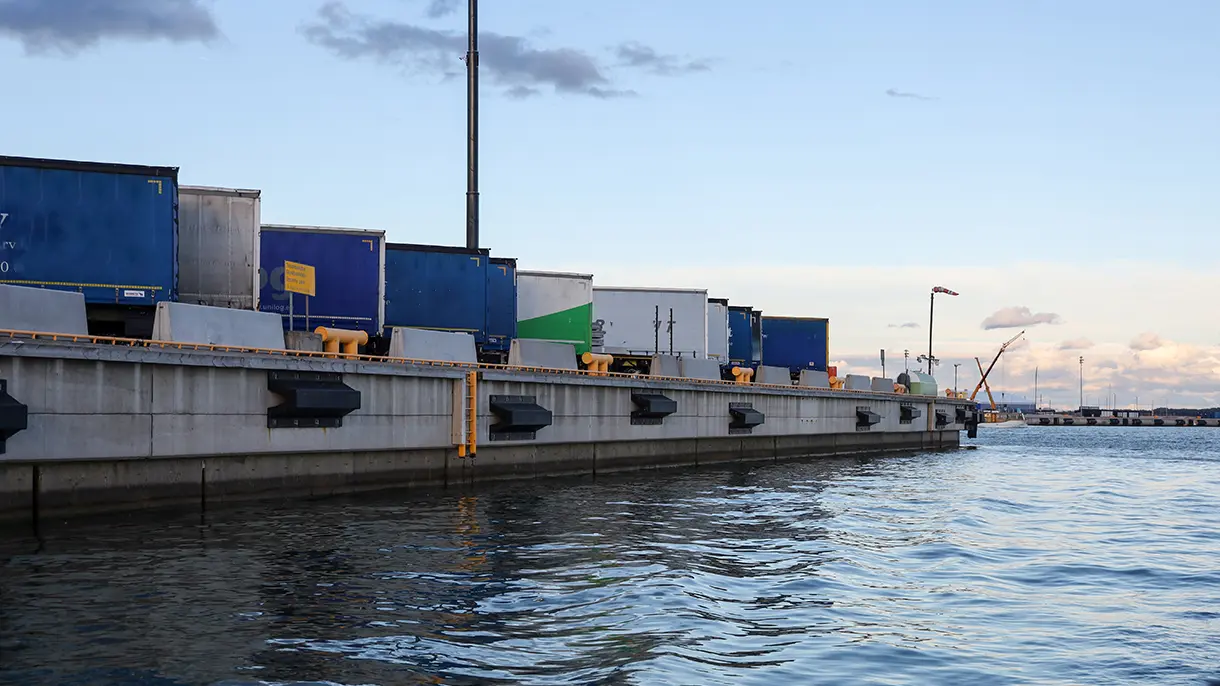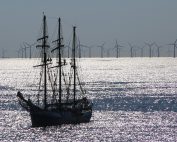The structure of the bottom of the Baltic Sea territory with an area of more than 136 km2 is suitable for the development of an offshore wind farm, confirming the last stage of geological and geotechnical seabed research. The tender for the selection of the developer of the wind park with a permitted generation capacity of 700 MW is planned to be announced in the fall of this year.
The studies of the structure of the seabed, carried out under a joint contract by the group of service providers Garant Diving and Geobaltic, are of great importance, because based on their results, wind farm foundation models are selected, and their installation technology is determined.
During the first and second stages of geological surveys, it was established that the territory of the offshore wind farm 30 km from Palanga is suitable for the development of the wind farm according to the geological structure of the bottom. In addition, the area does not fall within the zone of seismically active tectonic faults and does not overlap with potential oil structures.
In the third stage, the research evaluated the mechanical properties of the seabed soils, which are important for the selection of offshore wind power structures, cable laying and related infrastructure development.
During the research, 22 wells were drilled in the territory of the Baltic Sea with an area of 136 km2, 20 of which were up to 3 meters deep, and the depth of two wells was even up to 100 meters. During laboratory research, it was established that the geological structure of the seabed of the entire territory is heterogeneous. Weak, friable and water-saturated sandy soils are common in the west-southwest direction, while the northeastern corner of the area is dominated by strong and very strong soils of glacial origin. It is recommended that developers pay attention to this when planning the routes of laying electric cables and selecting the infrastructure necessary for construction works.
Special attention during the research is devoted to the determination of the distribution zones of weak soils and their thickness in the engineering assessment. In the areas of wells with very loose and water-saturated sandy soil, researchers recommend developers to conduct more detailed engineering geological studies and determine the distribution limits of these layers.
Engineering geological and geotechnical studies of the bottom of the Baltic Sea are financed with the funds of EU funds intended for the preparatory works for the development of the offshore wind farm and the installation of related infrastructure. A total of 11.54 million has been earmarked for preparatory works. euros, which are financed by means of the Economic Revitalization and Resilience Enhancement and the Lithuanian State Budget. The project of preparatory works for the development of wind farms in the Baltic Sea is implemented by the Ministry of Energy.
Lithuania is preparing to build two wind parks in the Baltic Sea, each with a permitted generation capacity of 700 MW. Both offshore wind power parks would provide approximately half of Lithuania’s current electricity needs and reduce the country’s dependence on electricity imports.
Source: Ministry of Energy of the Republic of Lithuania
